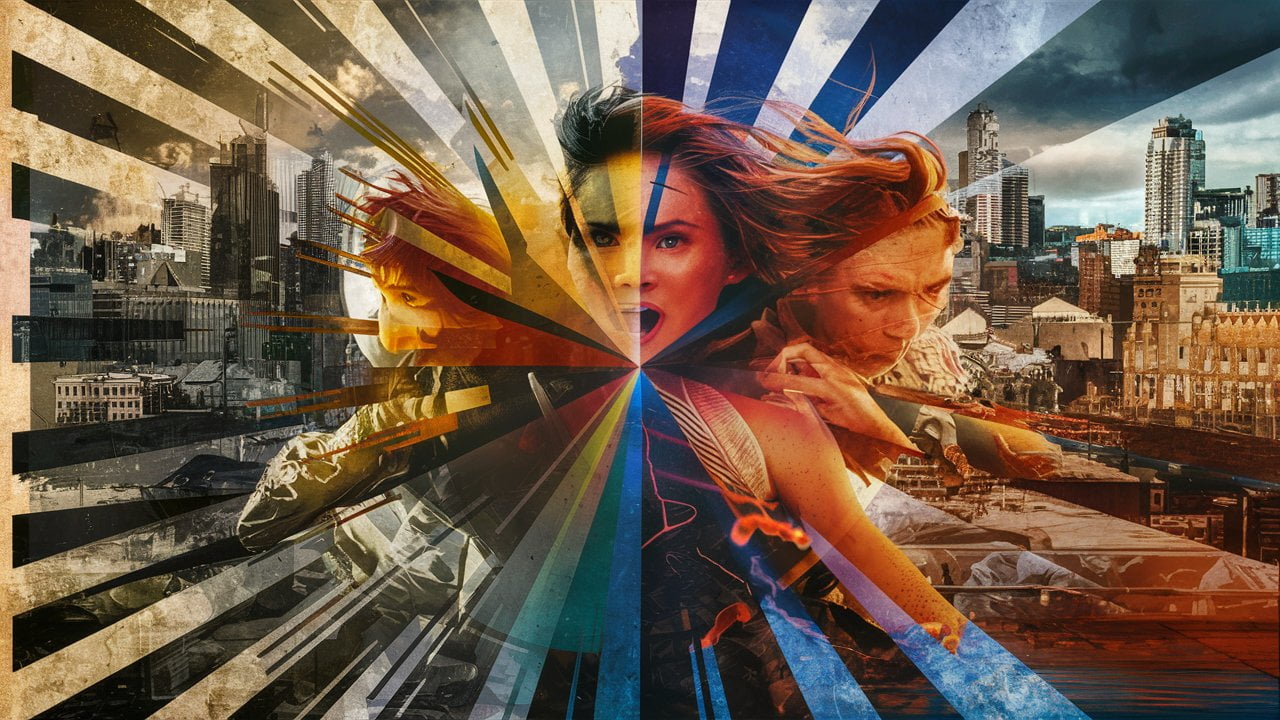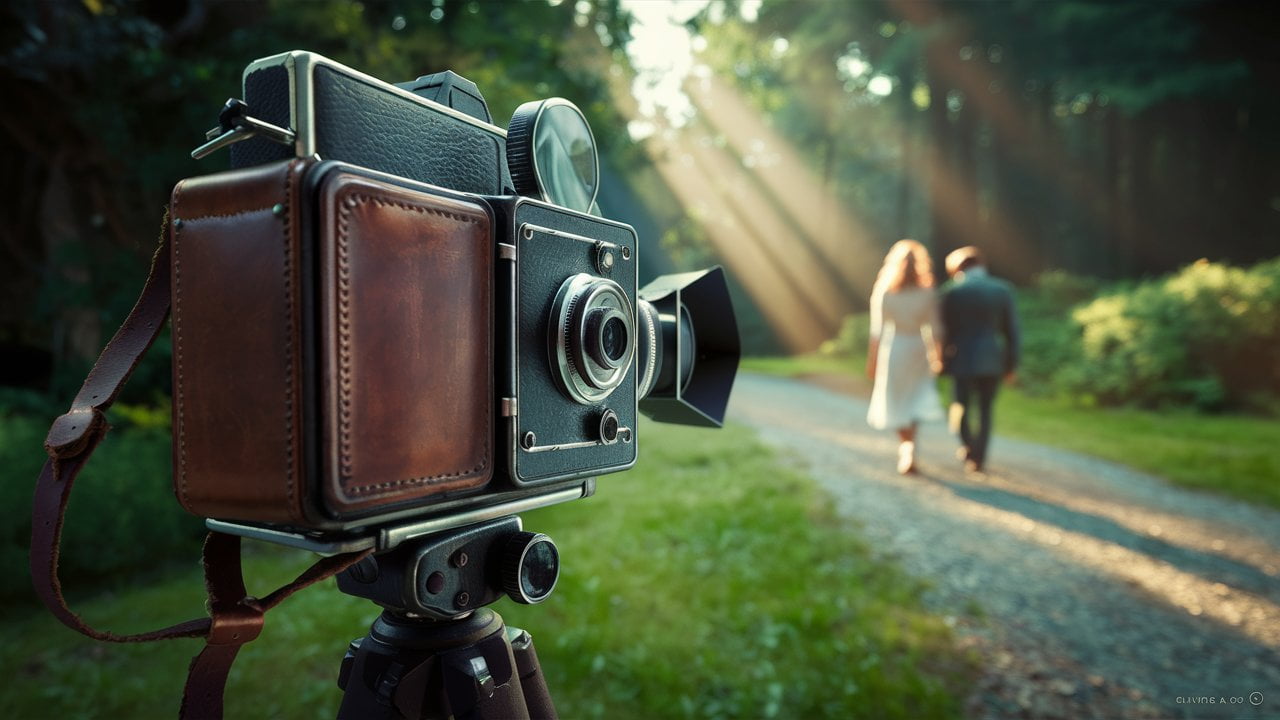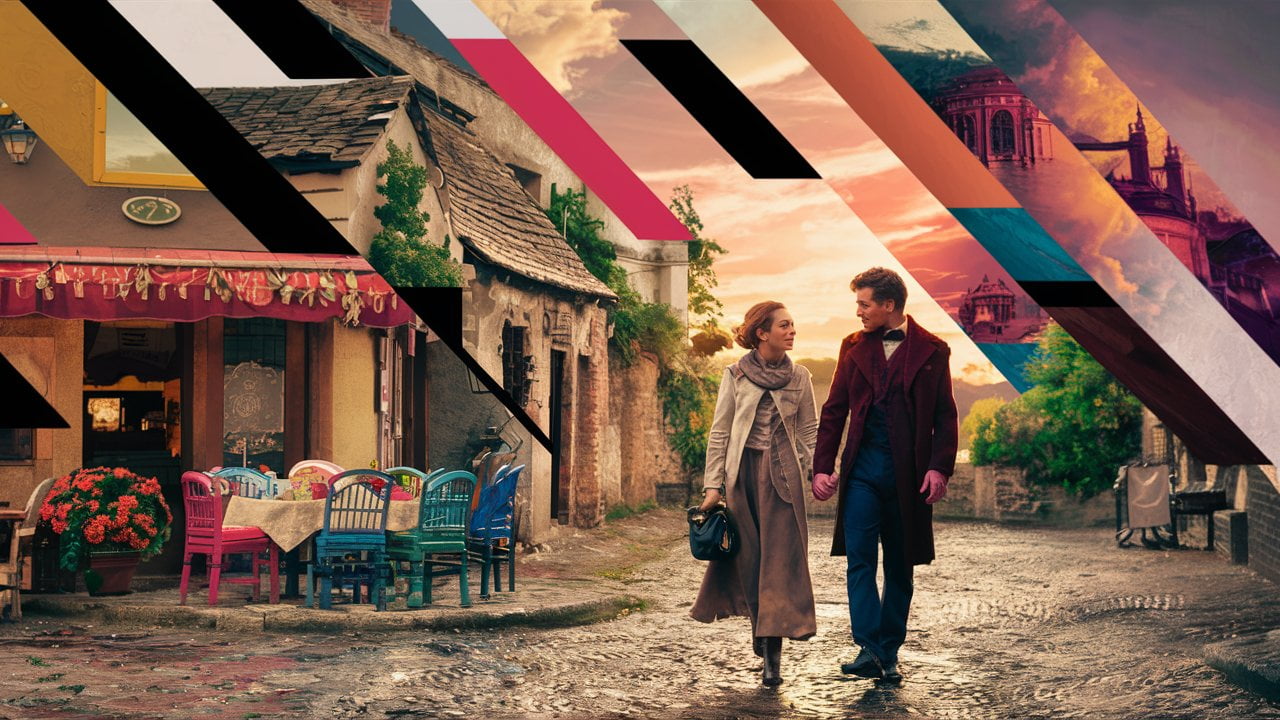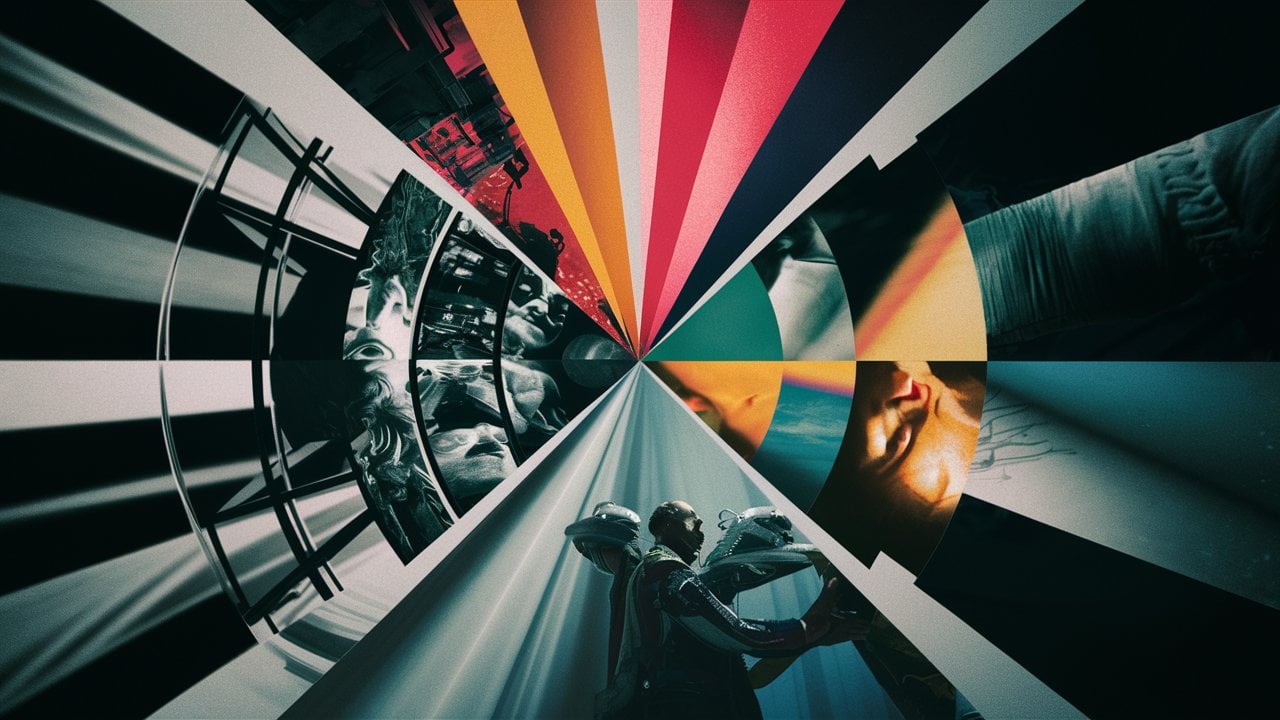Cinematography is the art of capturing motion pictures on camera. It involves various techniques and styles that are used to create meaning and engage the audience. Understanding cinematography styles is essential for film analysis, as it helps in identifying the director’s vision and the message they are trying to convey. In this response, we will explore the different elements of cinematography and how they contribute to the overall impact of a film.
Here is a complete list of all the cinematography styles:
- Absolute
- Arthouse
- Art horror
- American Eccentric Cinema
- Cinema of Transgression
- Classical Hollywood
- Brighton School
- British Documentary Movement
- Dogme 95
- Film Noir
- French New Wave
- German Expressionism
- Italian Neorealism
- Kammerspiel
- Kitchen Sink Realism
- Mumblecore
- Neoclassical Hollywood
- New German Cinema
- New Hollywood
- New Queer Cinema
- No Wave Cinema
- Poetic Realism
- Postmodernist
- Realism
- Soviet Montage
- Spaghetti Western
- Surrealist
- Third Cinema
- Transnational Cinema
Cinematography styles encompass all aspects of film language, including sound design, mise-en-scène, dialogue, cinematography, editing, or direction. Cinematographers use different techniques to control what the viewer sees and how the image is presented to them, such as shot size, camera angle, camera movement, and exposure.

They also use different lenses to create mood in their films, and they choose from a range of focal lengths and consider a variety of zoom lenses, wide-angle lenses, prime lenses, and close-up lenses to create the ideal depth of field, framing, and overall visual quality of the scene.
Through the many different elements that cinematography encompasses, including camera placement, camera movement, focus, lighting, composition, and equipment choices, filmmakers can create an overall film style to reflect the story.
Cinematography style refers to the techniques used by filmmakers to create a specific value in their work. These techniques can include all aspects of film language, including sound design, mise-en-scène, dialogue, cinematography, editing, or direction
A film’s style can include themes, sound, dialogue, cinematography, and lighting, and it can guide the audience to notice important elements in the story and affect the way viewers experience the film1. There are many different types of film styles, and several films can be a combination of styles that a director creates.
Some of the most popular film styles include film noir, documentary, German expressionism, Italian neorealism, spaghetti western, action, adventure, and comedy1. Cinematography is all about the art of visual storytelling.
Filmmakers rely on different lenses to create mood in their films, and they choose from a range of focal lengths and consider a variety of zoom lenses, wide-angle lenses, prime lenses, and close-up lenses to create the ideal depth of field, framing, and overall visual quality of the scene.

Cinematographers also use different techniques to control what the viewer sees and how the image is presented to them, such as shot size, camera angle, camera movement, and exposure.
Cinematography style encompasses all aspects of film language, and there are many different types of film styles that filmmakers can use to create a specific value in their work.
Cinematographers use various techniques to control what the viewer sees and how the image is presented to them, such as shot size, camera angle, camera movement, and exposure.
Explanation of each of the Above Cinematography Styles.
Absolute
Absolute is a type of film style that is characterized by its use of abstract imagery and non-linear storytelling. This style often features experimental techniques and is not concerned with traditional narrative structure. Absolute films are often seen as a reaction against the dominant narrative style of classical Hollywood cinema.
Arthouse
Arthouse is a type of film style that is characterized by its use of unconventional storytelling techniques and its focus on artistic expression. Arthouse films often feature complex characters and themes, and are not concerned with commercial success.
This style is often associated with independent cinema and is seen as a reaction against the dominant narrative style of classical Hollywood cinema.
Art horror
Art horror is a type of film style that is characterized by its use of horror elements to explore deeper themes and ideas. Art horror films often feature complex characters and themes, and are not concerned with traditional horror tropes.
This style is often associated with independent cinema and is seen as a reaction against the dominant narrative style of classical Hollywood horror films.

American Eccentric Cinema
American Eccentric Cinema is a type of film style that is characterized by its use of unconventional storytelling techniques and its focus on the eccentricities of American culture. This style often features complex characters and themes, and is not concerned with commercial success.
American Eccentric Cinema is often associated with independent cinema and is seen as a reaction against the dominant narrative style of classical Hollywood cinema.
Cinema of Transgression
Cinema of Transgression is a type of film style that is characterized by its use of shocking and provocative imagery to challenge societal norms and conventions.
This style often features experimental techniques and is not concerned with traditional narrative structure. Cinema of Transgression is often associated with underground cinema and is seen as a reaction against the dominant narrative style of classical Hollywood cinema.
Classical Hollywood
Classical Hollywood is a type of film style that emerged in the early 20th century and is still used today. It is characterized by its use of a linear narrative structure, clear cause-and-effect relationships, and a focus on character development.
The style is also known for its use of continuity editing, which creates a seamless flow between shots and scenes. Classical Hollywood has had a lasting influence on cinema and is still a popular style today.
Brighton School
Brighton School is a type of film style that emerged in the 1970s in the UK. It is characterized by its use of natural lighting, location shooting, and a focus on the lives of ordinary people.
Brighton School often features themes of social injustice and the struggles of everyday life. The style is also known for its use of long takes and a documentary-like approach to storytelling.
British Documentary Movement
British Documentary Movement is a type of film style that emerged in the 1930s in the UK. It is characterized by its use of non-fiction storytelling techniques to explore social and political issues.
British Documentary Movement often features a focus on the lives of ordinary people and is not concerned with commercial success. The style is also known for its use of location shooting and a documentary-like approach to storytelling.
Dogme 95
Dogme 95 is a type of film style that emerged in the 1990s in Denmark. It is characterized by its use of natural lighting, location shooting, and a focus on the lives of ordinary people.
Dogme 95 often features themes of social injustice and the struggles of everyday life. The style is also known for its use of handheld cameras and a documentary-like approach to storytelling.

Film Noir
Film Noir is a type of film style that emerged in the 1940s in the US. It is characterized by its use of dark and moody lighting, complex characters, and a focus on crime and corruption.
Film Noir often features a cynical worldview and is not concerned with traditional Hollywood happy endings. The style is also known for its use of voiceover narration and a non-linear narrative structure
French New Wave
French New Wave is a type of film style that emerged in the 1950s in France. It is characterized by its use of unconventional storytelling techniques and its focus on artistic expression.
French New Wave films often feature complex characters and themes, and are not concerned with commercial success. The style is also known for its use of jump cuts and a documentary-like approach to storytelling.
German Expressionism
German Expressionism is a type of film style that emerged in the 1920s in Germany. It is characterized by its use of dark and moody lighting, exaggerated sets, and a focus on psychological horror.
German Expressionism often features a cynical worldview and is not concerned with traditional Hollywood happy endings. The style is also known for its use of distorted camera angles and a non-linear narrative structure.
Italian Neorealism
Italian Neorealism is a type of film style that emerged in Italy in the aftermath of World War II. It is characterized by its use of non-professional actors, location shooting, and a focus on the lives of ordinary people.

Italian Neorealism often features themes of poverty, social injustice, and the struggles of everyday life. The style is also known for its use of natural lighting, long takes, and a documentary-like approach to storytelling.
Kammerspiel
Kammerspiel is a type of film style that emerged in Germany in the 1920s. It is characterized by its use of intimate settings and a focus on psychological drama.
Kammerspiel often features a small cast and is not concerned with traditional Hollywood happy endings. The style is also known for its use of natural lighting and a non-linear narrative structure.
Kitchen Sink Realism
Kitchen Sink Realism is a type of film style that emerged in the UK in the 1950s and 1960s. It is characterized by its use of naturalistic settings and a focus on the lives of working-class people.
Kitchen Sink Realism often features themes of social injustice and the struggles of everyday life. The style is also known for its use of location shooting and a documentary-like approach to storytelling.
Mumblecore
Mumblecore is a type of film style that emerged in the US in the 2000s. It is characterized by its use of naturalistic settings and a focus on the lives of young people.
Mumblecore often features improvised dialogue and is not concerned with traditional Hollywood happy endings. The style is also known for its use of handheld cameras and a documentary-like approach to storytelling
Neoclassical Hollywood
Neoclassical Hollywood is a type of film style that emerged in the 1970s in the US. It is characterized by its use of a classical Hollywood narrative structure, but with a focus on more complex characters and themes. Neoclassical Hollywood often features a cynical worldview and is not concerned with traditional Hollywood happy endings. The style is also known for its use of non-linear narrative structure and a focus on character development.
New German Cinema
New German Cinema is a type of film style that emerged in Germany in the 1960s and 1970s. It is characterized by its use of unconventional storytelling techniques and its focus on political and social issues. New German Cinema often features a focus on the lives.

What is cinematography style?
Cinematography style refers to the techniques used by filmmakers to create a specific value in their work. These techniques can include all aspects of film language, including sound design, mise-en-scène, dialogue, cinematography, editing, or direction.
The cinematography uses the camera to direct the viewer’s attention and to provide visual cues that may call attention to themselves – such as the dramatic canted angles of film noir – or which draw from a lexicon of signals that we’ve learned, over years of film consumption, to read without realizing1.
What are the different types of film styles?
There are many different types of film styles, and several films can be a combination of styles that a director creates. Some of the most popular film styles include film noir, documentary, German expressionism, Italian neorealism, spaghetti western, action, adventure, and comedy.
Film style refers to recognizable cinematic techniques used by filmmakers to create specific value in their work. These techniques can include all aspects of film language, including sound design, mise-en-scène, dialogue, cinematography, editing, or direction1.

Conclusion:
In conclusion, cinematography styles play a crucial role in the success of a film. The use of different techniques and styles can create a unique visual language that enhances the storytelling and engages the audience. By analyzing the elements of cinematography, we can gain a deeper understanding of the director’s vision and the message they are trying to convey.
Whether it’s the use of lighting, camera angles, or composition, each element contributes to the overall impact of a film and helps to create a memorable cinematic experience. Consider reading >>>> The Impact of Cinematography in Citizen Kane: Innovations, Techniques, and Legacy to learn more.

I am a highly experienced film and media person who has a great deal to offer to like-minded individuals. Currently working on several exciting projects, I am a film and media practitioner for over a decade. I have achieved a great deal of success in my professional career.








